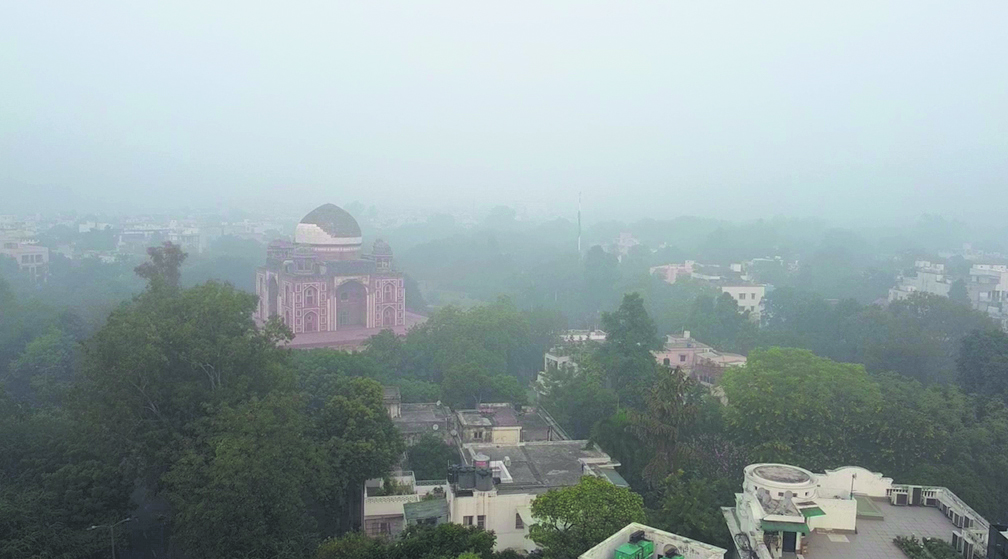There is a major reason behind the pollution in winter: the fog that precipitates from the dew point.
NEW DELHI
At around this time every year pollution is a hotly debated topic. Great minds have ascribed some basic facts such as, parali (stubble) burning, Vehicle exhausts, generator fumes and the like. All these can be true to the extent that for 80% of the year the winds that come to Delhi are westerlies (as almost everywhere in the world). In the meantime, articles and TV debates have gone on to attribute certain percentages to all these potential and stated pollutants.
Can all these, when put together, be more than even 50-60% of the problem? Does rain significantly reduce the AQI ?
Is it possible for weather scientists also to consider some additional facts on why we get pollution in the winters (and not in the summer months). Could it be due to the fact that the cold air of winter descends on the city of Delhi due to inversion, which traps the air that is closer to the ground by an upper slab of cold air? The simple way to see a manifestation of this is to drive through the countryside. Villagers for centuries have slow-fired cow dung in the evenings and then the winter inversion keeps the smoke in the environs around the village. This is the way by which the villagers have kept away mosquitoes and flies from themselves and their animals, as the resultant smoky ambience becomes the safety deterrent. Incidentally this smoke is also a pollutant in the modern understanding.
There is another major reason. The fog that precipitates from the dew point. In earlier decades, the dew point normally did not get at par with the ambient temperature. A few decades ago, you got much less fog. But now you get more fog or moisture-laden air, which is of course a carrier for pollutants.
Would some scientists like to consider whether excess concrete construction, buildings and the huge expansion of the urban sprawl of Delhi contribute in changing the meeting point of the dew point with the ambient temperature? Concrete has an effect on ambient temperature.
Maybe a scientific analysis would show that the well-publicized culprits are not more than 50% of the pollution problem, as both inversion and the dew point are so far not taken into the loop of consideration.
If this is the case, then corollary actions such as, wiping out the infinitesimal number of vintage cars which constitute the country’s and a city’s heritage is a tragic and poorly thought out possible conclusion. Some western capitals know that vintage cars are an asset and after 30 years they are allowed to stay free of road tax. So are our decisions taken without considering all technical issues?
Surely the pollution mystery now can be analysed afresh. Will our systemic side of administration also permit some facilitation, from a deeper understanding? Facilitation is now a common practice in developed countries, and contributes to growth and national well-being.
Darshan Singh is an entrepreneur who has worked in quite a few key areas that have been critical to the process of nation building, including the railways and oil and natural gas exploration. He is also an educationist, currently the Chairman of the Welham Boys’ School in Dehradun.

